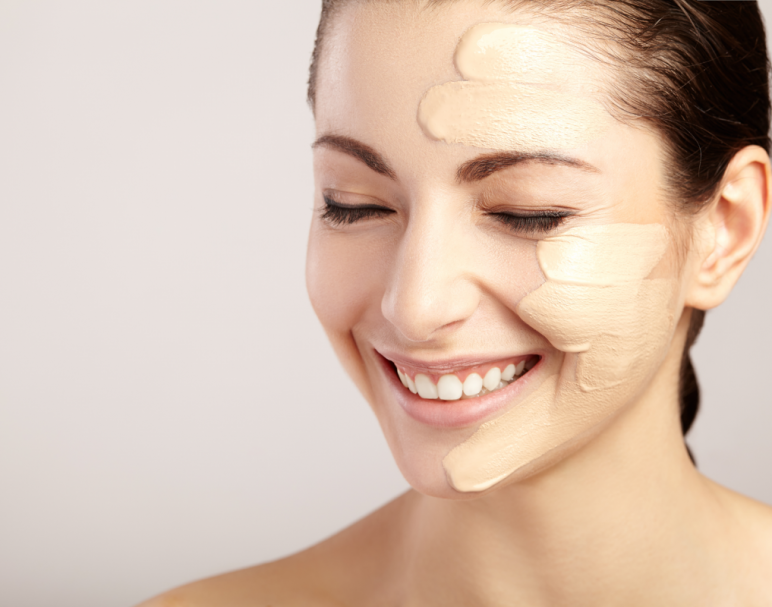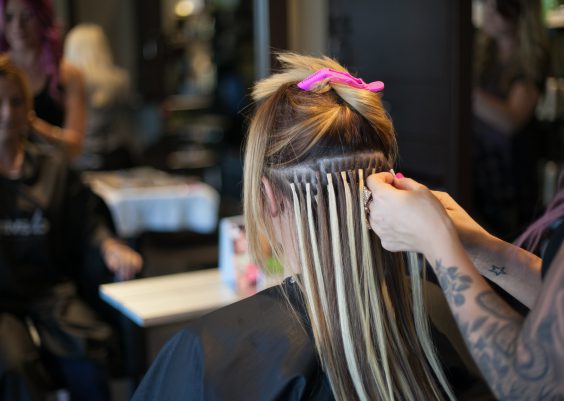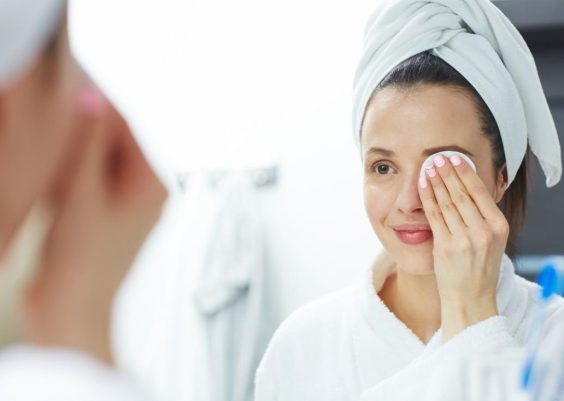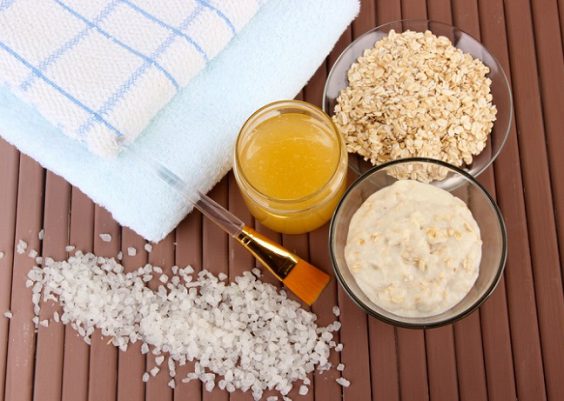Detergents, natural substances, vitamins, substances developed in laboratories… Do you know what is hidden in your cosmetics? If you aren’t 100% sure what ingredients the beauty products you apply to your skin contains, keep reading the article and then start analyzing the labels of cosmetics – compare them to what you are about to learn. You will be surprised.
What are the substances that might be found in your favorite cosmetic?
In almost all beauty products you can find the following ingredients: emulsifiers, preservatives, surfactants, stabilizers, fragrances, thickening agents and solvents.
- Fragrances – they trigger allergic reactions the most often and are added to most cosmetics. They are hidden under the following names: aroma, perfum, fragrance. The higher they are placed on the list of ingredients, the worse it gets for the skin. After all, a particular product wasn’t created to smell good but to produce particular outcomes.
- Preservatives – they are important because they prevent multiplication of bacteria, fungus, mold and germs. Also, they extend the beneficial action of a particular cosmetic. Preservatives impede fermentation process as well as prevent changes in texture, aroma and consistency of a cosmetic. On the other hand, they may cause irritations, especially in people with sensitive and allergy-prone skin. Why does it happen? As you have read this before, preservatives affect germs and bacteria in some extent, but this doesn’t only apply to the bad bacteria but also the ones which protect our skin against harmful factors and constitute skin’s natural protective layer. The most popular preservatives are parabens and formaldehydes.
- Surfactants – are highly irritating and do damage to the natural hydro-lipid barrier of skin. They remove lipids, might dehydrate and leave skin irritated. When it comes to their tasks, they are responsible for creating lather and remove grease. The most popular surfactants are these well-known SLS and SLES.
- Thickening agents – as it’s easy to guess, they are responsible for maintaining the right consistency of a cosmetic. They can be comedogenic, which means that they might clog skin pores and cause acne. What are the thickening agents? Xanthan gum, cetyl alcohol, silicones, polymers, waxes.
- Solvents – they are found crucial to create a beauty product because they are used to dissolve other substances of a particular product. The main solvent is water (aqua). To the group of solvents we can also add: glycerin, ethanol, glycols, oils, liquid waxes.
- Stabilizers – their task is to give a particular texture to a product and maintain the desired structure of a cosmetic.
- Emulsifiers – they are composed of hydrophilic and lipophilic phases. They are attracted by both water and fat. Thanks to them, it becomes possible to combine both phases water and oil phase. Sadly, their action isn’t always beneficial to skin. Indeed, they are able to remove various kinds of impurities. However, together with the dirt, they eliminate all substances that are needed by our skin. After washing face with a beauty product containing an emulsifier, you can feel tight skin.
Homogenization – a method of creating natural beauty products
Homogenization is a process that depends on combining a few substances in order to obtain even mixture. There are several devices needed for the procedure, which are supposed to lower temperature of the substance-combining process. This has a beneficial action to the cosmetics since their components behave differently when they aren’t exposed to high temperatures.
Thanks to homogenization, beauty products don’t have to enriched with emulsifiers, preservatives, stabilizers, thickening agents or solvents. Beauty products created with the use of homogenization have smaller particles so they penetrate skin easier, they are better protected against germs. Also, emulsion of such products is more stable. Last but not least, cosmetics produced due to homogenization method aren’t exposed to high temperatures which enhances their beneficial action delivered to skin.





